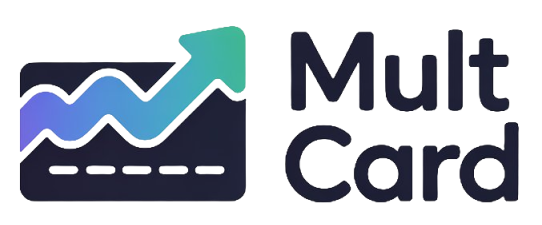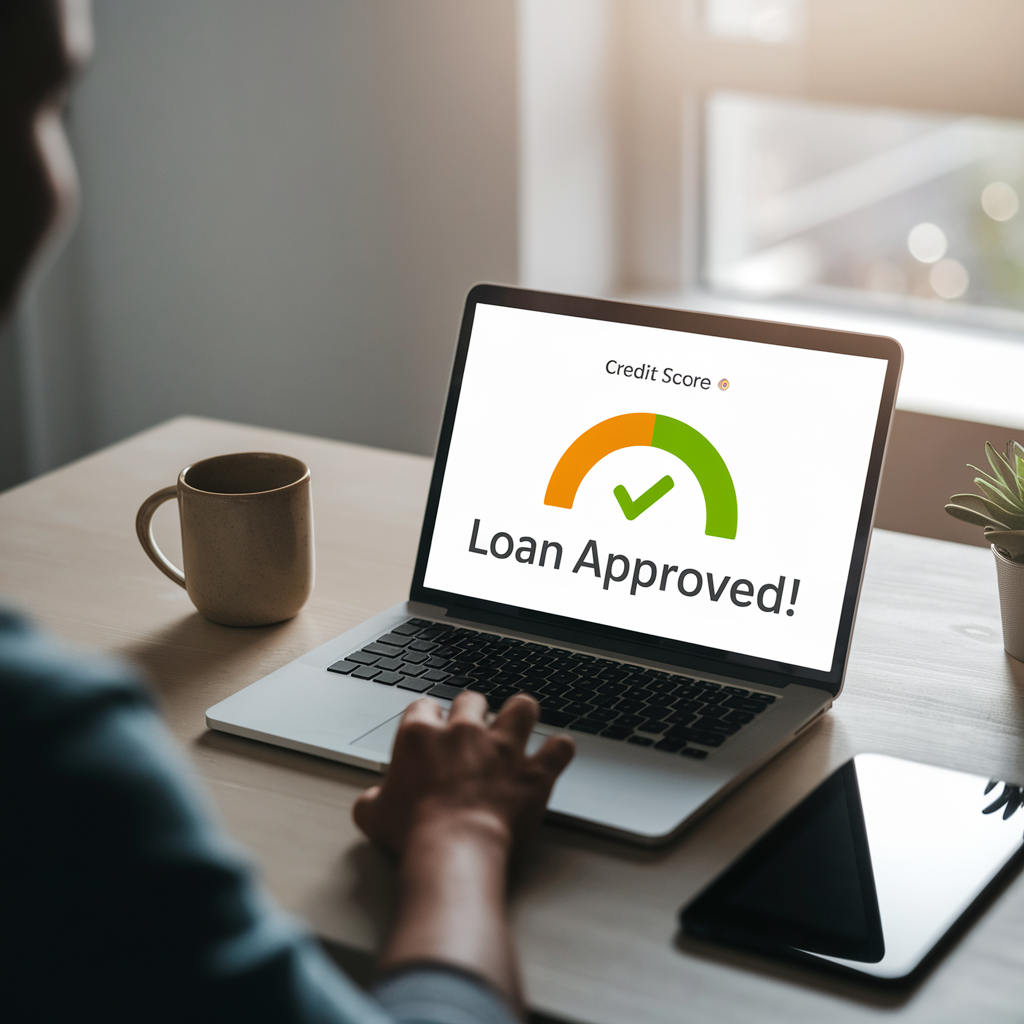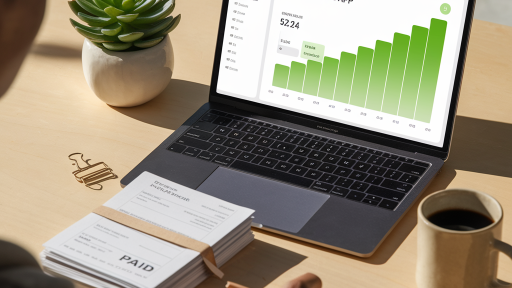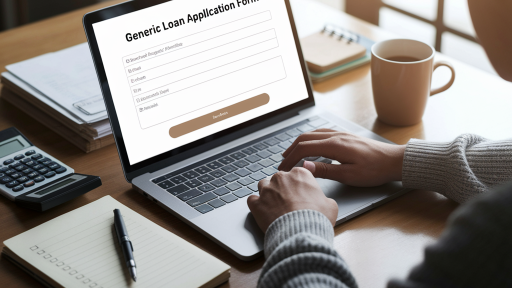In the world of finance, a personal loan can feel like a powerful key, capable of unlocking solutions to pressing problems or long-held goals. It offers a lump sum of cash with a predictable repayment plan, making it an attractive option for many. But like any powerful tool, its effectiveness depends entirely on how it’s wielded.
Using a personal loan wisely can be a strategic move that improves your financial health, saves you money, and helps you build a better future. Conversely, using it without a clear plan can lead to a cycle of debt that’s difficult to escape. This guide will explore the most intelligent and strategic applications for a personal loan, helping you make a decision that strengthens, rather than strains, your finances.
Understanding the Basics: What is a Personal Loan?
Before diving into its uses, it’s essential to understand what a personal loan is. Typically, it’s an unsecured installment loan, which means you don’t need to provide collateral (like your house or car) to get one. You borrow a fixed amount of money from a lender (like a bank, credit union, or online lender) and agree to pay it back in regular, equal payments—or installments—over a set period (the “term”).
Most personal loans come with a fixed interest rate, meaning your monthly payment will not change. This predictability is one of their main advantages, as it makes budgeting much easier compared to variable-rate options like credit cards. Lenders determine your eligibility and interest rate based on factors like your credit score, income, and existing debt.
The Golden Rule: Does It Improve Your Financial Position?
The smartest way to approach a personal loan is to ask one simple question: “Will this loan ultimately put me in a better financial position?” If the answer is yes, you’re likely on the right track. A smart use of a personal loan typically falls into one of two categories:
- Saving you money: Using the loan to pay off debt with a much higher interest rate, effectively reducing the total interest you’ll pay over time.
- A strategic investment: Using the funds for something that can increase in value or boost your earning potential, such as a home renovation or a career certification.
Let’s explore the most common and effective scenarios where a personal loan makes perfect sense.
Top Strategic Uses for a Personal Loan
When used with a clear purpose, a personal loan can be a financial game-changer. Here are some of the most intelligent ways to leverage this financial tool.
1. Consolidating High-Interest Debt
This is arguably the most popular and financially savvy use of a personal loan. If you’re juggling multiple high-interest debts, such as credit card balances or store cards, the interest charges can feel overwhelming. A debt consolidation loan allows you to combine all those balances into a single loan, ideally with a significantly lower interest rate.
How it works: You take out a personal loan large enough to pay off all your other outstanding balances. You’re then left with just one monthly payment to manage, which is often lower than the sum of your previous payments, and a clear end date for your debt.
Debt Consolidation: A Quick Comparison
| Scenario | Total Debt | Average APR | Monthly Payments | Complexity |
|---|---|---|---|---|
| Before Consolidation (3 Credit Cards) | $15,000 | 22% | $550 (approx.) | High (3 due dates) |
| After Consolidation (1 Personal Loan) | $15,000 | 11% | $325 (5-year term) | Low (1 due date) |
*Figures are illustrative. Actual rates and payments vary based on creditworthiness and loan terms.
2. Funding Value-Adding Home Improvements
Using a personal loan for home renovations can be a smart investment, especially if the projects increase your property’s value. Unlike using a credit card, a personal loan gives you a lump sum to manage your project budget and a fixed repayment schedule.
Smart home improvement projects include:
- Kitchen or bathroom remodels
- Replacing an old roof or HVAC system
- Finishing a basement or attic to add living space
- Energy-efficient upgrades like new windows
These projects not only improve your quality of life but can also provide a significant return on investment when you decide to sell your home.
3. Covering Necessary Medical or Dental Expenses
Even with good insurance, unexpected medical bills can create significant financial stress. A personal loan can be a lifeline for covering surgery costs, extensive dental work, or fertility treatments that aren’t fully covered by insurance. It provides immediate access to funds and allows you to repay the cost over time in manageable installments, often at a lower rate than medical financing plans or credit cards.
4. Financing a Major, Necessary Purchase
Sometimes you need to make a large purchase that you can’t cover with savings alone. This could be a reliable used car to get to work or replacing essential home appliances like a refrigerator or washing machine. A personal loan can be a better option than dealer financing (for a car) or store financing (for appliances), which may come with higher interest rates or complicated promotional terms.
Uses to Avoid: When a Personal Loan is a Bad Idea
Just as important as knowing when to use a personal loan is knowing when not to. Taking on debt for the wrong reasons can set you back financially. Avoid using a personal loan for:
- Lavish Vacations: Financing a trip means you’ll be paying for it long after the memories fade. It’s better to save up for discretionary spending like travel.
- Weddings or Parties: While milestone events are important, starting a marriage or celebrating a birthday with thousands of dollars in new debt is not a wise financial foundation.
- Luxury Goods: Using debt to buy designer clothes, high-end electronics, or other depreciating assets is a quick way to get into financial trouble.
- Daily Expenses: If you need a loan to cover regular bills like rent or groceries, it’s a sign of a deeper budgeting issue that a loan won’t solve.
- Speculative Investments: Never borrow money to invest in volatile assets like stocks or cryptocurrency. The risk of losing the borrowed money is far too high.
Personal Loans vs. Other Financing Options
A personal loan is just one of many tools available. Understanding how it compares to others can help you choose the right one for your situation.
| Financing Option | Typical Interest Rate | Key Feature | Best For |
|---|---|---|---|
| Personal Loan | Fixed, Moderate | Lump sum with predictable payments | Debt consolidation, planned projects |
| Credit Card | Variable, High | Revolving credit line for flexibility | Small, everyday purchases you can pay off quickly |
| HELOC (Home Equity Line of Credit) | Variable, Low | Secured by your home; draw funds as needed | Large, ongoing home renovations |
Final Thoughts: A Tool for Financial Progress
A personal loan should be viewed as a strategic tool, not an emergency fund or a source of extra spending money. When used thoughtfully for debt consolidation, value-adding investments, or necessary major expenses, it can be a powerful catalyst for improving your financial health.
Before you apply, always assess your budget to ensure you can comfortably afford the monthly payments. Shop around with different lenders to find the best possible interest rate and terms. By approaching the process with a clear plan and a responsible mindset, you can ensure your loan serves as a stepping stone toward a more secure financial future. For a deeper dive into responsible borrowing, it’s always helpful to review government resources for understanding the smart ways to use a personal loan and your rights as a consumer.






